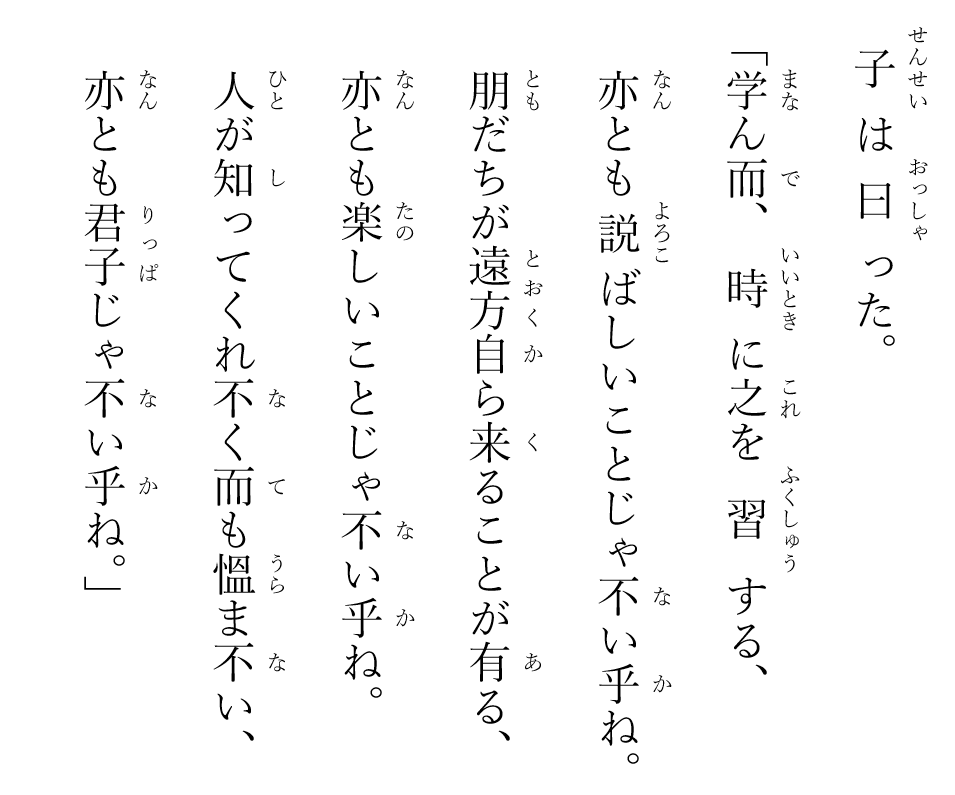Building a Malay prototype in the British legal Minecraft®
Laws operate apart from the purposes of the men who write them and the Malay Reservations Enactment, with all its weaknesses and imperfections, has been and continues to be a major force in determining patterns of land ownership, flows of capital, and access to capital as well as the character of the population in rural Malaysia.
Paul H. Kratoska
Ends that we cannot foresee: Malay Reservations in British Malaya
I once bumped1 into Anthony Milner at the History Department, University of Malaya. During our brief conversation, he kept circling back to a single, deceptively simple question: ‘What is a Malay?' For someone who has spent much of his career studying Malay identity, this was telling. It revealed the unspoken truth, that it is technically impossible to quantify a complex ethnic and cultural essence using mere words, let alone statutes.
Before the rubber economy boom, there was little need to pin down what ‘Malay' truly meant. The term drifted easily through daily life, grounded more in habit and social understanding than in legal definition. A Malay was, broadly speaking, one who lived by Malay custom, spoke the Malay tongue, and followed the religion traditionally2 professed by the Malays, however one might choose to interpret that. This loose, organic understanding worked perfectly well in coffee houses and village councils alike. But when such an elastic idea was forced into the rigid syntax of colonial law, it became a recipe for contradiction and confusion.

The turning point arrived with the Malay Reservation Enactments (1913), when the British administration began systematizing land ownership. In deciding who could (or could not) own ‘Malay land,' they were compelled for the first time to mathematically define Malayness, to draw clean lines around a concept that had always lived in the grey. Suddenly, identity was no longer cultural or communal; it was legal, quantifiable, and enforceable. The British officer who first tried to program a theoretical ‘Malay' into the machinery of law was, in a sense, a legal innovator3, and a foolish4 one at that.

The Malay Reservation policy itself could be likened to a peculiar breed of duck placed in a market, but with a catch: only Malays were allowed to buy it. Although the bird was available for trade, its price was crippled by the narrow pool of eligible buyers. Another breed (called OpenDuck®) open to anyone regardless of ethnicity, fetched far higher prices in the same market. Thus, the so-called RizabDuck® became undervalued despite its high culinary quality and flavorful fat content. The Malays lamented the loss in worth of what they could sell, lease, or mortgage, while the non-Malays quietly rejoiced, exploiting loopholes and employing Malay proxies to creatively acquire the very fowl they were officially barred from purchasing. A policy meant to protect the Malays ended up impoverishing them instead.
The irony is unmistakable.
The British never felt the need to define ‘Englishness' in any Act of Parliament. No law decreed who qualified as an Englishman. Yet in colonial Malaya, bureaucratic governance demanded precision, and so Malayness, once a fluid and living identity, was recast as a bureaucratic construct. It was no longer about belonging, but about ownership; no longer about culture, but about control.
- Milner was a few chairs away from me, and at first I mistook him for Henri Chambert-Loir. “Rereading the “Hikayat Melayu” (the Raffles Manuscript No. 18): Was the Sejarah Melayu written in Aceh?” by Ahmat Adam, Dean’s Meeting Room, Faculty of Arts and Society Sciences, Universiti Malaya, 18 November 2023.
- The Muara Takus temple complex, located in Upper Kampar, Sumatra, is among the most religious remnants of the classical Malay world. Its architecture reflects a fusion of Indian Buddhist forms and local Malay craftsmanship, suggesting that it once stood as both a religious sanctuary and a cultural frontier.

Archaeologically, the site is often dated to between the 11th and 13th centuries, though the site likely had earlier antecedents linked to Srivijaya, who controlled the maritime choke points of the Straits of Malacca and served as the principal intermediary between the Indic universe and the Sinic world of Tang and Song China. Its existence demonstrates how the Malay polities of the period were not passive recipients of external influences but active brokers of civilization, translating Sanskritic religious forms and Chinese material culture into a distinctly Malay idiom.
- In earlier times, it was not uncommon to find lawyers who were also trained in mathematics; consequently, their legal codes tended to be logically rigorous and internally consistent. Take, for instance, René Descartes, who famously declared, ‘Cogito, ergo sum.' (I think therefore I am) Today, however, the profession has declined to such an extent that logically leaky reasoning has become commonplace. Worse still, during the colonial era, certain British administrators, often without any formal legal training, were nonetheless consulted for their professional opinions, which might well have been summed up as: ‘Putamus, ergo sunt Malaei.' (We think they are Malays, therefore they are)

- The mathematical arrogance of the colonial administrators is evident in the al-Sultan kerfuffle in Negeri Sembilan, where John Anderson was observed (in 1909) disputing with the ruler and explicitly forbidding him from reviving the title al-Sultan on his seal. Anderson was heard telling Yamtuan Muhammad:
. . . The terms are not the same in English. Sultan has a definite meaning, namely, an absolute ruler. I think Your Highness is making too much of this matter. You got along very well without the title of Sultan till the end of 1905. If you were given the title it would in no respect increase your powers, which are strictly limited by the Agreement with the Chiefs. You must understand clearly that the British Government cannot recognize the title of Sultan unless you are the absolute ruler of the country. If Your Highness can state that the other Chiefs have handed over their rights to your, and the lawgivers (Undang) and the people wish you to be Sultan, the matter could be brought to the notice of the King . . .
Anderson’s insistence on avoiding the use of al-Sultan was likely rooted in the earliest British agreement with the minor chiefs around Sri Menanti. The original seal prepared for the Treaty of the Federation of Sri Menanti (7 June 1876) reads: al-Wathiq bi-Allah al-Malik al-Mannan al-Sultan Antah Sikandar Shah ibn al-Marhum Sultan Radin Shah, Lembaga Rembau, Sanat 1293 الواثق بالله الملك المنان السلطان انته سکندر شاه ابن المرحوم سلطان رادين شاه لمبݢ رمبو سنه ١٢٩٣. However, this seal was not adopted in 1876, and an unusual Clause 7 was inserted to explicitly emphasize the proper styling of Yamtuan Antah. The reason for omitting the seal bearing al-Sultan remains unclear, though it was likely opposed by the minor chiefs. Consequently, the seal recognized in Clause 7 was: al-Wathiq bi-Rabb Ghafur Yamtuan Tengku Antah Sri Menanti ibn al-Marhum Yamtuan Raja Radin, Sanat 1293 الواثق برب غفور يمتوان تڠکو انته سري مننتي ابن المرحوم يمتوان راج رادين سنة ١٢٩٣.
- Except for Johor, a Malay person (according to Kelantan Enactment 18 (1930), FMS Cap 142 (1933), Kedah Enactment 63 (1934), Perlis Enactment 7 (1934), Terengganu Enactment 17 (1941)) must profess the religion of Islam. In the Malay Reservation Enactment of Johor (1936), the State of Johor can declare authority, body, association, boards, and company as a Malay.





Comments